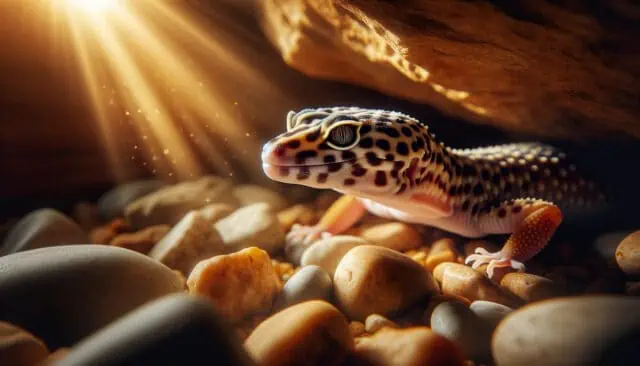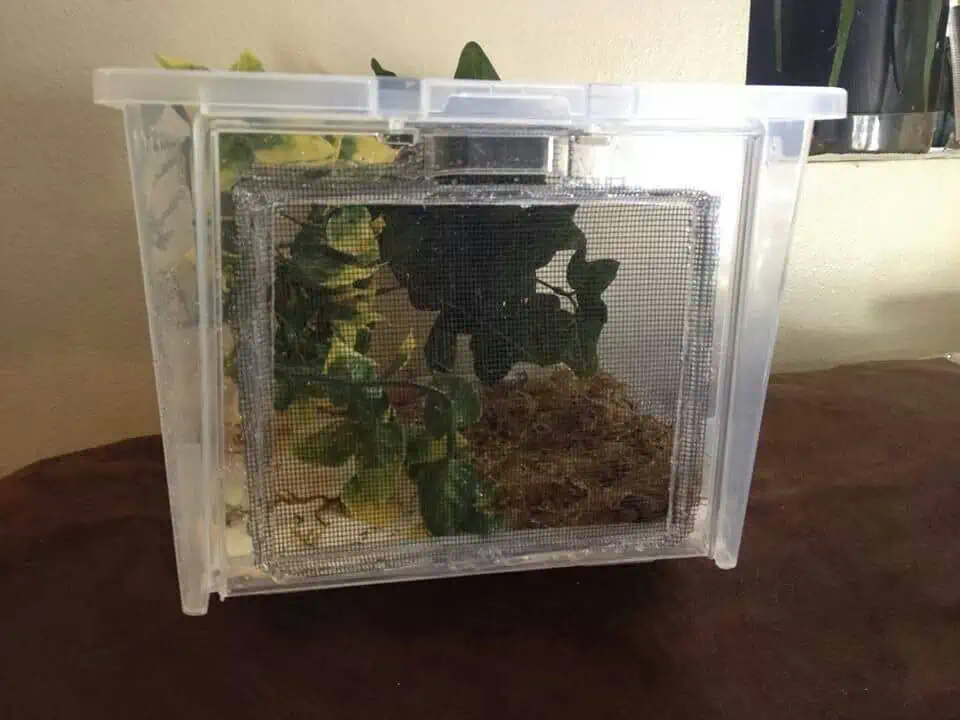Discover fun and interesting facts about leopard geckos in this comprehensive guide. Whether you’re a pet owner or simply curious, these unique creatures have a lot to offer. From their fascinating behaviors to their distinct physical traits, there’s much to learn and admire about leopard geckos.
Behavioral Traits
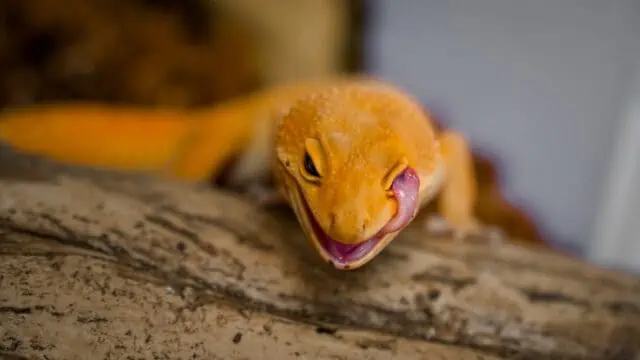
1. Eyelid Licking for Hygiene in Dusty Environments
Leopard geckos lick their eyelids to clean them. This is especially helpful when they’re in areas with lots of dust, like during a sandstorm.
2. Tail Wiggle as a Defense Mechanism
These geckos can drop their tails to distract predators. The tail continues to wiggle, confusing the predator and giving the gecko a chance to run away.
3. Double Egg-Laying with Burial
Leopard geckos lay two eggs at a time and bury them underground. This helps to keep the eggs safe from predators and environmental threats.
4. Nocturnal Lifestyle for Heat Avoidance
These reptiles are active at night to stay out of the hot sun. Being nocturnal allows them to hunt for food without getting overheated.
5. Tail-Shaking During Key Activities
Leopard geckos shake their tails when they’re doing important things like hunting, mating, or defending territory. It’s a unique behavior that serves various purposes in their lives.
6. Consumes Shed Skin for Nutrient Recycling
After shedding their skin, leopard geckos eat it. This not only keeps their environment clean but also helps them reabsorb valuable nutrients.
Physical Characteristics
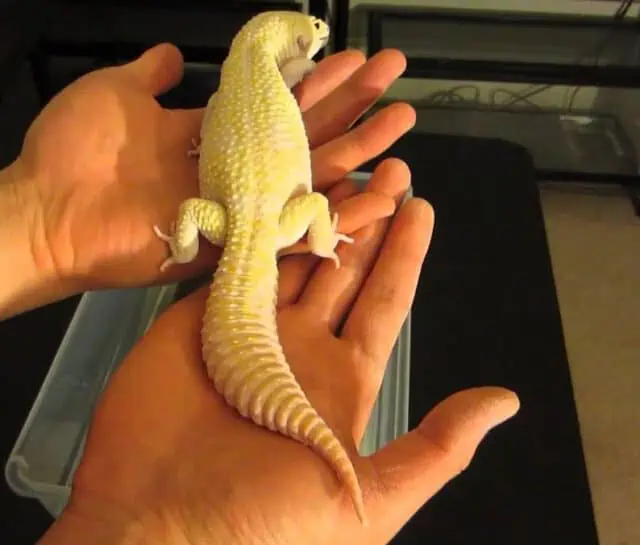
7. Tail Fat Storage as a Famine Backup
Leopard geckos store fat in their tails. This acts as a reserve when food is scarce, allowing them to survive longer without eating.
8. Adaptive Climbing Claws
These geckos have small claws that help them climb rocks. Unlike other geckos with sticky pads, their claws are built for navigating rocky terrain.
9. Vivid Morph Varieties Popular for Pet Ownership
Leopard geckos come in many colors and patterns, known as morphs. These diverse appearances make them highly sought after in the pet market.
10. Natural vs. Domesticated Color Patterns
Wild leopard geckos have more muted colors compared to those bred for pets. Domesticated ones display a wider range of vibrant colors and patterns.
11. Specialized Skin Texture for Rocky Habitats
The skin of a leopard gecko is tough and textured. The back is bumpy, while the front is smooth, helping them adapt to their natural rocky and sandy environments.
Unique Qualities
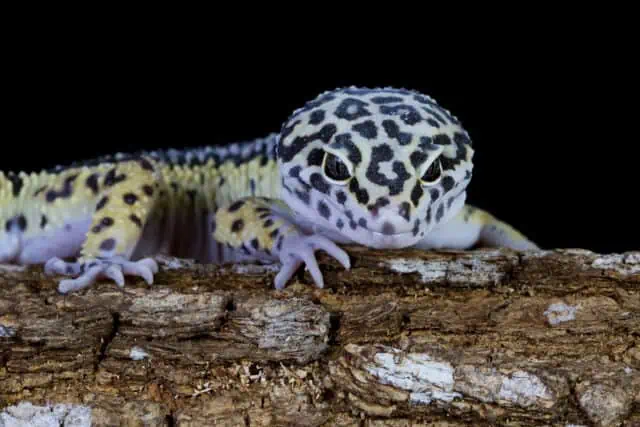
12. Leopard-Inspired Name from Adult Patterns
The name “leopard gecko” comes from the spots that resemble a leopard’s. Adult geckos have these distinct markings, making the name quite fitting.
13. Middle Eastern and Northern Indian Origins
Leopard geckos are native to regions in the Middle East and Northern India. Their natural habitat informs many of their unique traits.
14. Remarkably Gentle Nature
These geckos are known for their calm demeanor. Unlike some other reptiles, they are generally more gentle, making them good pets.
15. Functional Eyelids for Blinking and Sleep
Most geckos don’t have eyelids, but leopard geckos do. They can blink and close their eyes, which is unique among geckos.
16. Diverse Insect Diet Beyond Just Crickets
While crickets are a common food, leopard geckos also eat other insects. Mealworms, superworms, and waxworms are among their favorites.
Sensory and Biological Features
17. Subtle Vocalizations: The Gecko Bark
Leopard geckos can make a quiet barking sound. They use this vocalization when agitated, setting them apart from other quieter gecko species.
18. Longevity and Size with Good Care
With proper care, a leopard gecko can live for over 10 years and grow up to nine inches. This makes them a long-term commitment for pet owners.
19. Temperature-Driven Gender Determination
The gender of leopard gecko eggs depends on incubation temperature. Hotter temperatures yield mostly males, while cooler ones result in mostly females.
20. Exceptional Vision in Low Light Conditions
Leopard geckos have good vision, even in dim light. Their eyesight is on par with that of cats, aiding them during their nocturnal activities.


